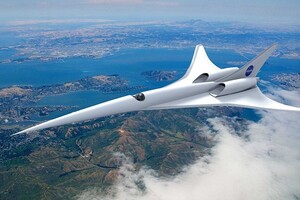
Nasa reveals $2.3m plan to help a new generation of supersonic planes take flight. The money will be spent on eight research projects addressing technical challenges of supersonic flight; Engineers are developing something called the 'hybrid wing body' to improve the aerodynamics of planes; Nasa scientists are also working to define a new standard for sonic booms to improve travel speed; Another project aims to address the impact of supersonic aircraft emissions on the ozone layer

On October, 24 2003, the last flight of the Concorde came to an end, and with it, the promise that supersonic travel could transform the aviation industry.
Now, more than a decade on, Nasa is hoping to revive the dream of supersonic planes with $2.3 million (£1.5 million) in funding for research projects.
The money will be spent on eight different research projects that each aim to address technical challenges such as the impact of supersonic cruise aircraft in the stratosphere and noise reduction for the aircraft.
Nasa is hoping to revive the dream of supersonic planes. Today the space agency announced $2.3 million (£1.5 million) in funding to make it a reality. Pictured is a concept supersonic plane designed by a team of Nasa engineers.
Nasa, meanwhile, has been busy gathering data in order to create new, quieter planes that could help overturn the current ban on supersonic flight over land.
‘Lessening sonic booms - shock waves caused by an aircraft flying faster than the speed of sound - is the most significant hurdle to reintroducing commercial supersonic flight,’ said Peter Coen, head of the High Speed Project in Nasa’s Aeronautics Research Mission Directorate, Washington.
